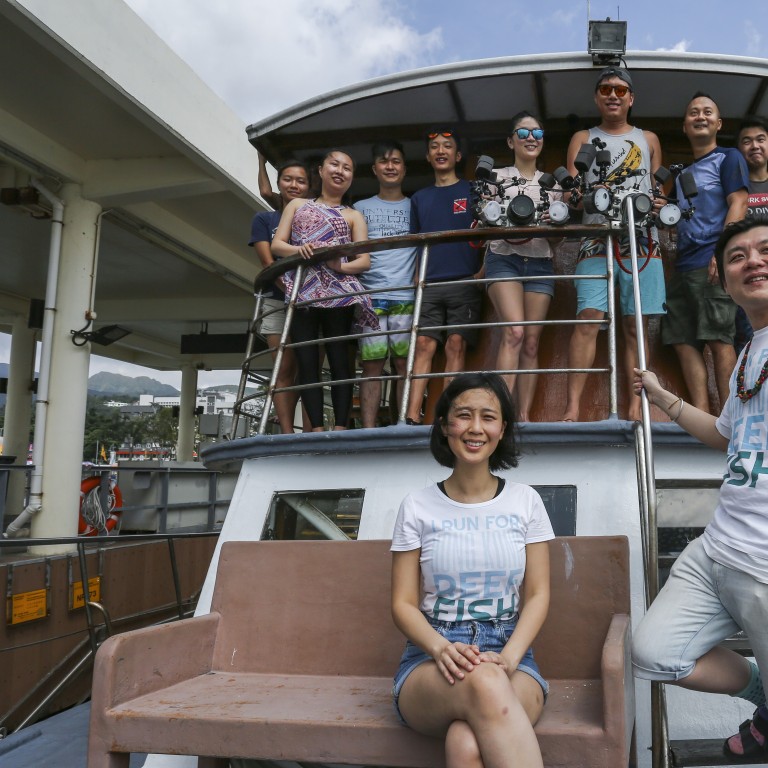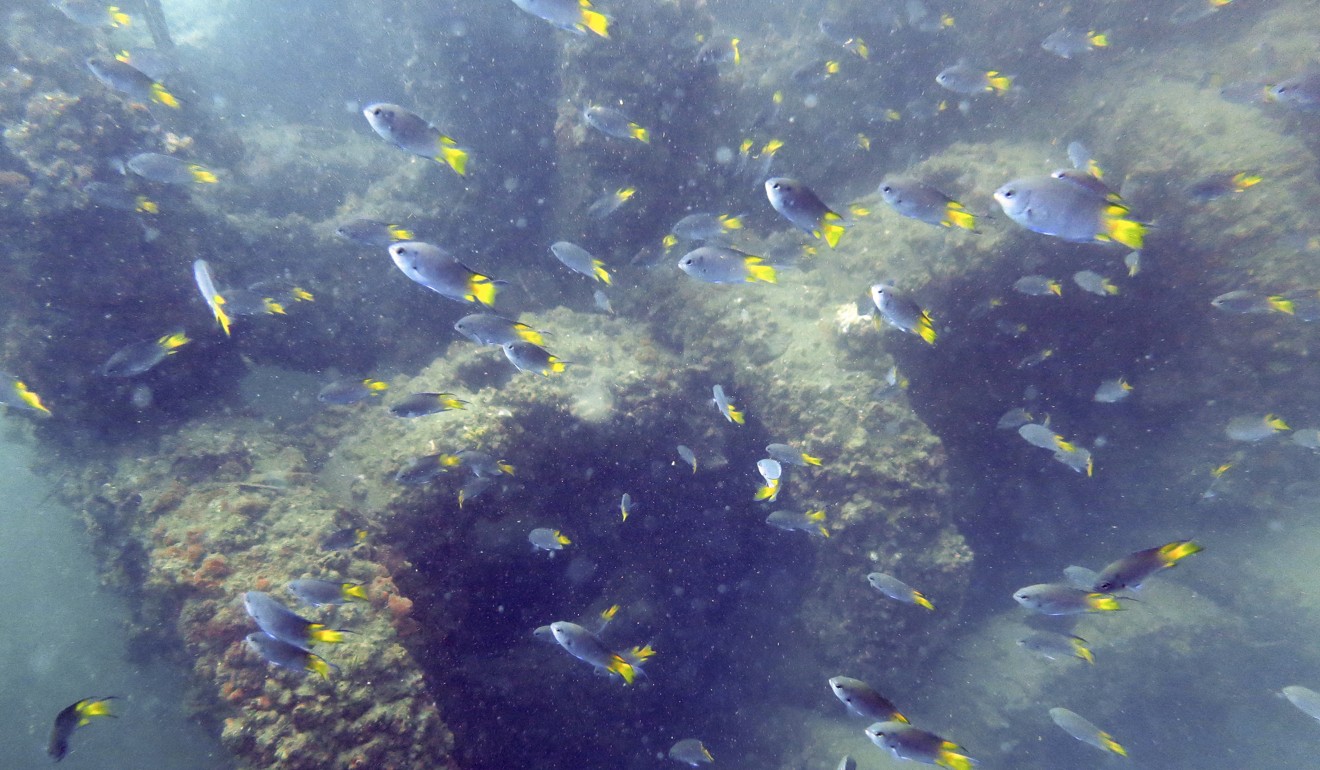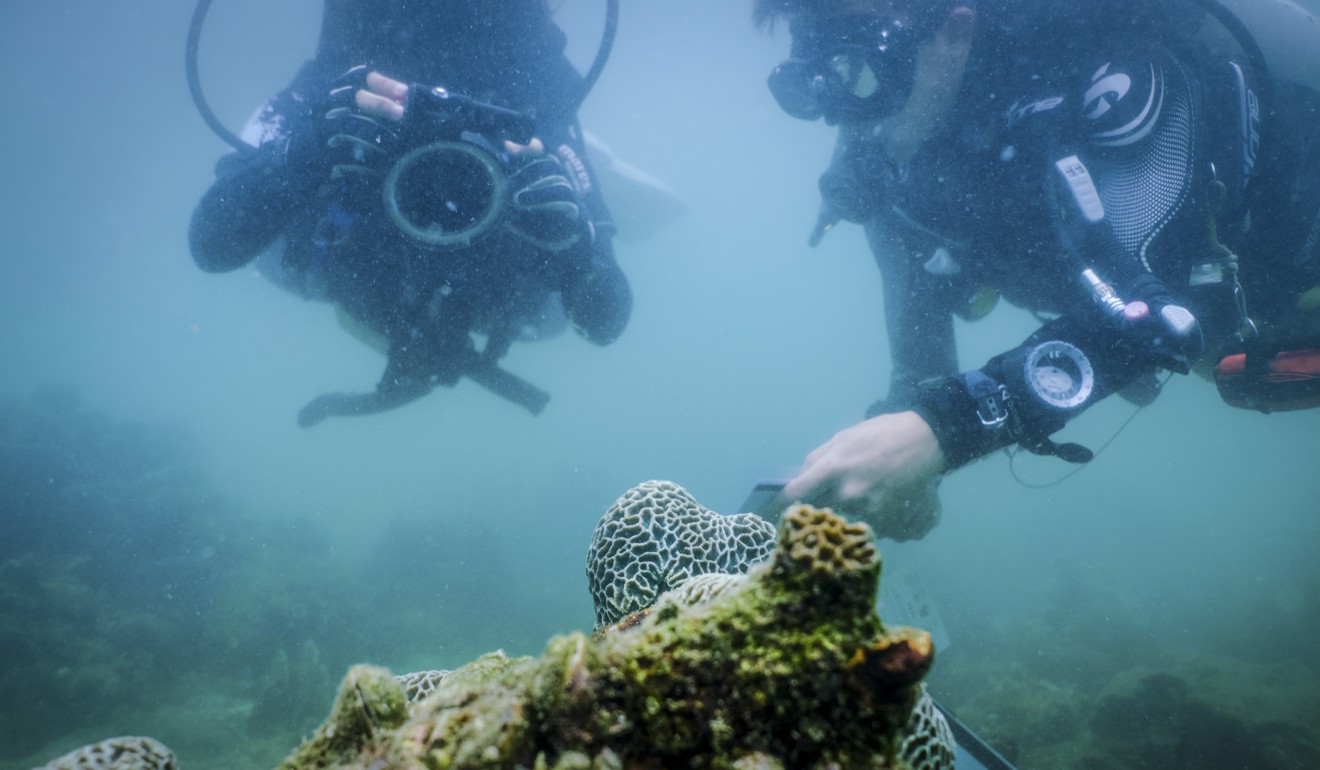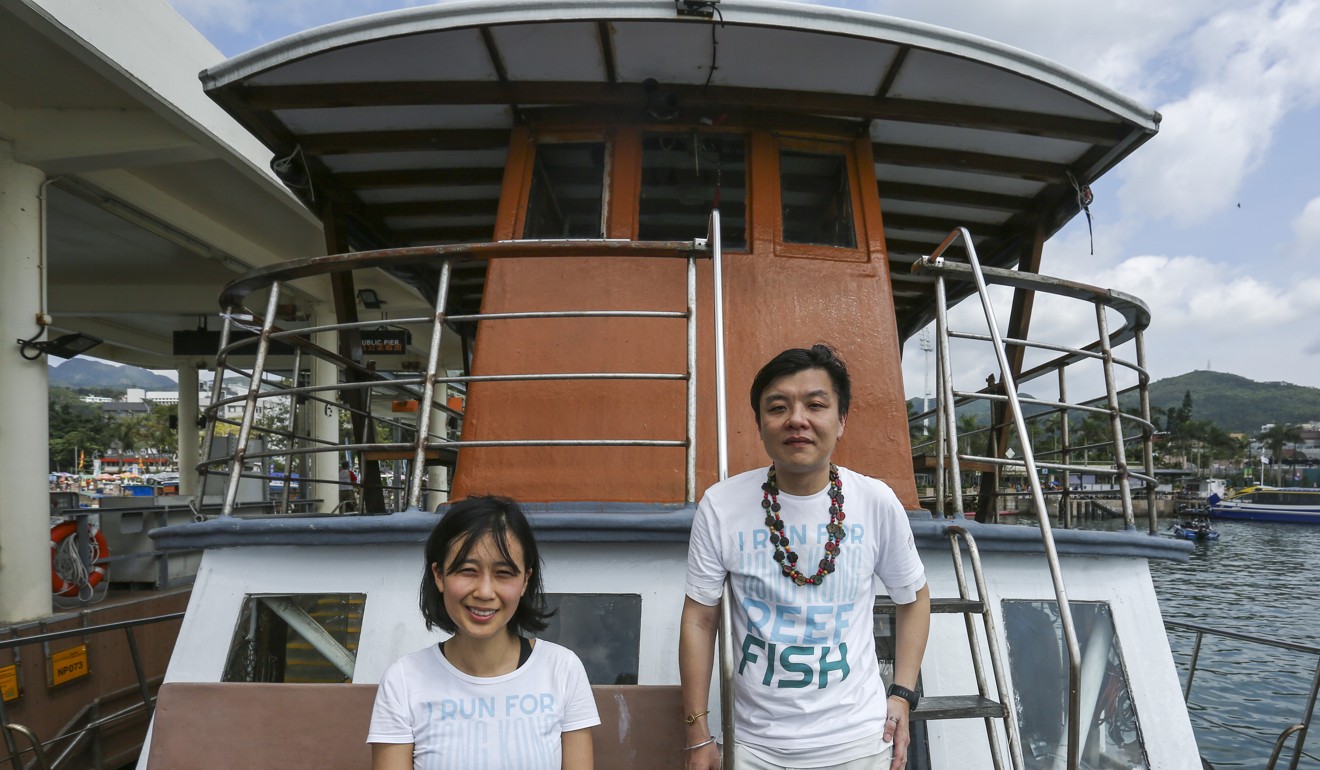
Hong Kong marine life under-valued, says Bloom Association boss, who wants fish to be seen as more than just food
- Environmentalists are mapping populations of reef fish in bid to increase the number of protected areas around Hong Kong
- Volunteers diving deep to showcase the oceans to help preserve them for generations
Fish are friends – not just food.
That is the message marine researcher Stan Shea Kwok-ho, 36, hopes will hit home with Hongkongers.
“We recognise the need to protect endangered terrestrial species, but tend to associate fish and marine animals with seafood,” says Shea, who is a programme director at Bloom Association, a local marine conservation NGO.
“We have a birdwatching society, for example, but none for fish. That is one reason why I’m interested in marine conservation.”

There are more than 1,000 marine fish species within Hong Kong waters, including gobies, wrasses, groupers, jacks and snappers – and researchers like Shea continue to discover more.
In 2014, Bloom launched the 114°E Survey, which aims to improve baseline knowledge of Hong Kong’s reef fish through scientific underwater surveys by citizen scientists, with the guidance and supervision of the project’s marine researchers.
Hong Kong’s marine life diversity spurs renewed scientific interest
With this data, the researchers hope to inform government policy on marine protection, in addition to encouraging further studies on marine reef fish and wildlife, and promoting an appreciation of them.
They believe there are not enough protected areas, and existing data on reef fish species is outdated.
“The goal is to identify biodiversity hot spots by updating the kinds of species Hong Kong has, where they are and how abundant they are,” Shea says.

Once a week from May to November, Shea and Bloom programme coordinator Kathleen Ho Ka-yau would hop on a boat and head for waters to the east of Hong Kong and near to the Pacific Ocean, where they would spend all day diving – recording and photographing the reef fish species they have spotted.
Unlike Shea, who was a research student in marine biology at the University of Hong Kong, Ho was trained in the arts. She admits she did not know what to look out for as all fish looked the same to her at first.
Slowly, she developed an appreciation for ocean life. Recalling an encounter with a school of amber jack, Ho says: “When sunlight hits them, they shimmer, and they dance around you. It was so unexpected because the amber jack you see at restaurants are always alone in a tank.”
Over the past five years, Shea and Ho have surveyed more than 60 sites, including those in Sai Kung, Tai Po and Stanley, and found 19 new reef fish species in the process.
Plastic pollution: four shocking examples of its impact on marine life
The data and photos collected from their survey will be published on a website that will be launched at the end of this month.
“I’m really proud of this project,” says Shea. “People are even approaching us for data and photos.”
But the pair do not do it alone. Every week, about 20 volunteers join them on the survey.
Kamy Yeung, a 32-year-old teacher, joined Bloom on her first dive four years ago, hoping to learn more about the characteristics of sea creatures and the threat they might face.
She hopes the reef fish photographs she has taken for the survey would help show Hongkongers the beauty of their city’s underwater world, so they might be inspired to preserve and protect it.
“I’m sure everyone enjoys having a clean ocean for leisure or exploration. We only need to do a small part, such as reducing the use of plastic, to improve the condition of our ecosystem,” Yeung says.

Fellow diver Caron Wong, a clerk who is in his 40s, has been volunteering for Bloom for more than six years. Although he did not have any professional knowledge in marine biology at first, Wong says the team’s dedication to preserving marine life inspired him to contribute to the fish survey.
“This means a lot to me because I love the ocean. To me, it’s also a big achievement to be able to provide groups like the government with data.”
Bloom and their citizen scientists hope their survey can help indicate areas that are ecologically important, especially to reef fish species. Eventually, they hope their data would be able to convince the government to expand marine protected areas.
“Hong Kong isn’t really known for its wildlife, yet you can have dozens of fish species in one small area. It’s a world that the average Hongkonger wouldn’t know of, and we hope to raise awareness about it,” says Ho.

